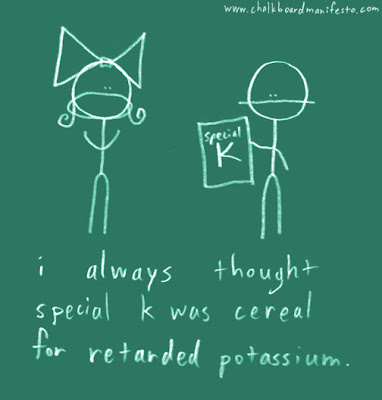

It reacts explosively with sulphur acid, so special care is required during handling of potassium.
#Potassium element card skin#
The reaction of potassium with water is highly exothermic and splashes can lead to skin burns and damage. Deficiency of potassium can lead to hypokalemia and hypertension. Potassium is an essential nutrient and human body requires a balanced supply (about 3.3 gram daily) of potassium.
Potassium is also used in making insecticides and pesticides. It is used as a heat exchange material, in nuclear power generating plants. Potassium bromide is used as a sedative. Potassium carbonate, usually termed as potash is widely used in the manufacturing of soap, glass, fluorescent lamps, fire extinguishers, and color TV. It is used to make fireworks, matches and explosives (Potassium chlorate). Potassium is used in leather tanning industries. Potassium chromate is a widely used pigment and is part of dyes, inks, stains etc. It is a commonly used food additive and is main component of baking powder and silvering mirrors. It is the largest industrial usage of potassium and about 90% of potassium produced in the world is utilized in the production of various fertilizers. The compounds of potassium are highly ionic and have high solubility. With water, potassium forms a strong alkali (KOH). Potassium is a powerful reducing agent and is highly stable in its oxidized form. Potassium does not react with hydrocarbons (kerosene or mineral oil). Potassium gives a vigorous reaction with water (forming potassium hydroxide) and burns with a pale violet color. It is very reactive and is rapidly oxidized when exposed to air forming potassium peroxide. Potassium is one of the alkali metals and it can combine with anions to from salts. Potassium has one valence electron, that is readily lost to acquire a positive charge. It belongs to Group 1 (1A) of periodic table. It has a boiling point of 770 ☌ and melting point of 63 ☌. Potassium undergoes tarnishing when exposed to air and oxygen. At standard conditions, potassium can be cut with a knife. Potassium is silvery-white, soft metal with second least density (0.89 g/cm 3). Potassium is also present in fruits (high concentrations in bananas, avocadoes), vegetables (potatoes, tomatoes, beet green, white beans), fish and meat. It is a major component of variety of proteins and enzymes. In human body, potassium constitutes about 0.2% by mass and is about the 8 th most abundant element of human biological system. Potassium is also present in Supernovae environment and produced through explosive oxygen-burning process. It has a low first ionization energy (418.8 kL/mol). It is also found in dissolved form in sea water and constitute about 0.04% potassium by weight. In ratio of abundance, it is the 20 th most abundant element in the solar system and 17 th most abundant on the earth (makes around 2.6% of weight of the earth’s crust). 
Potassium occurs in nature in the form of ionic salts. The symbol of potassium is K and is derived from kali (alkali), which is derived from Arabic work for plant ashes ( al-qalyah). It was first obtained in pure form by Humphry Davy (1807), through the process of electrolysis. the mixture was heated and the solution by evaporated to obtain potash (potassium). In early days, potassium was extracted by placing ashes of burnt tree in a pot along with water. Potassium was discovered from the ashes of plants and its name was derived from potash (plant ashes). It is a biologically essential element and also has various industrial applications, including fertilizers, pesticides, explosives etc. Potassium is an alkali metal and was obtained in pure elemental form in 1807 by Hymphry Davy.






 0 kommentar(er)
0 kommentar(er)
